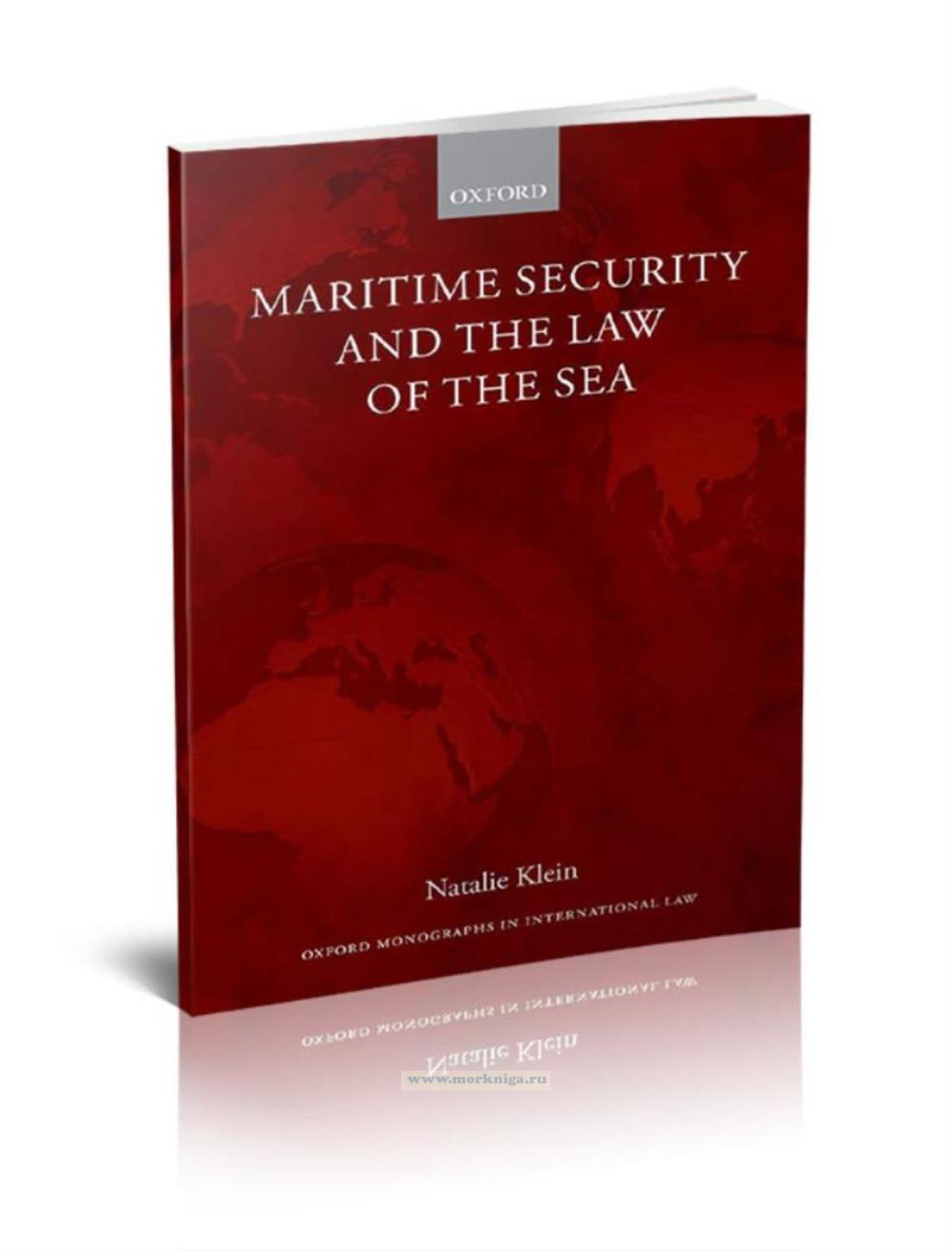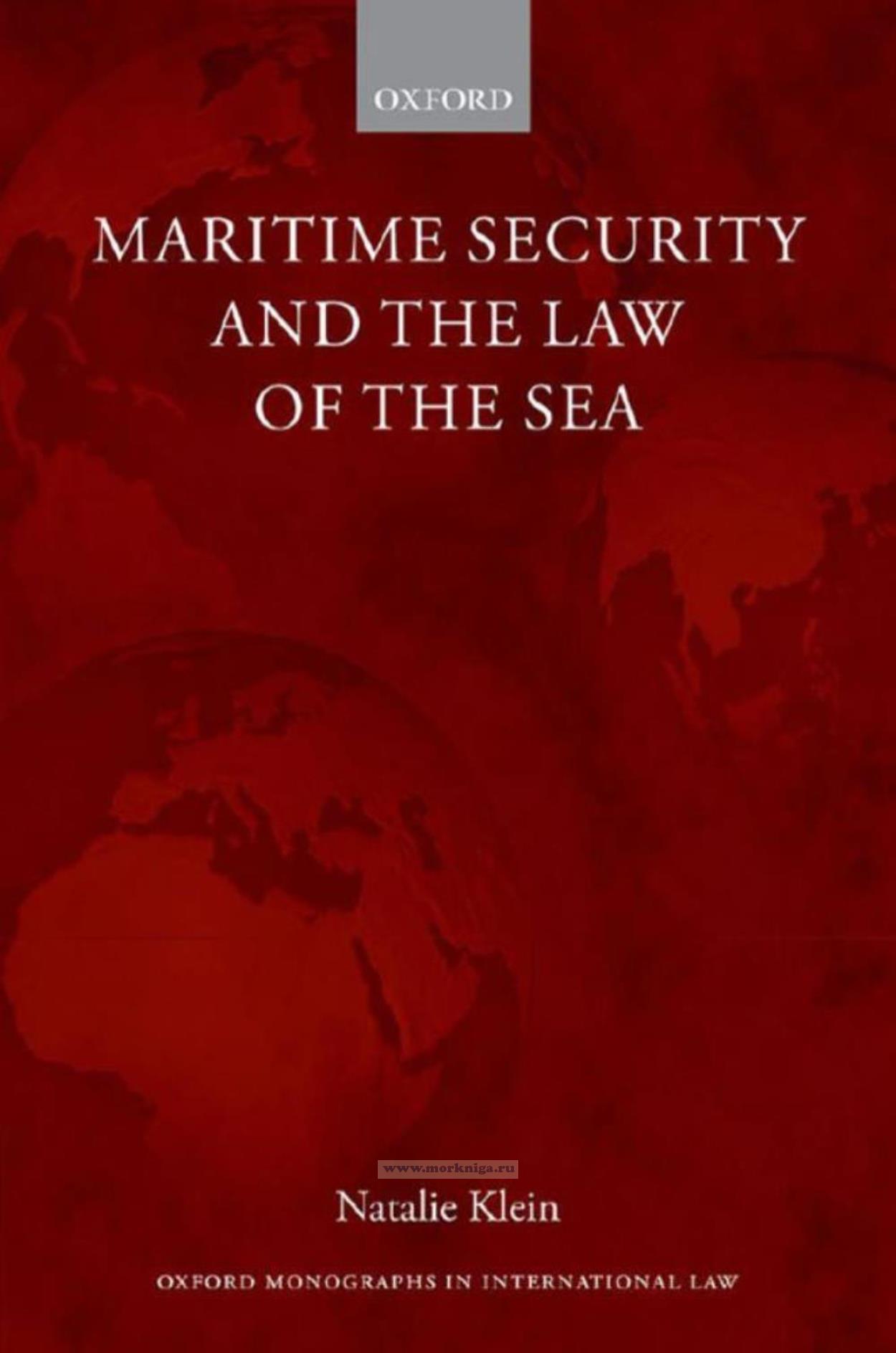Maritime Security and the Law of the Sea/Морская безопасность и морское право
Издание на английском языке
The idea for this book grew out of an interest in maritime security triggered by former Prime Minister Howard’s announcement of a Maritime Identification Zone that would extend 1,000 nautical miles from Australia’s lengthy coastline and entail interdiction of vessels that refused to provide identification information. My examination of this issue led me to a vast range of legal developments that were principally motivated by the September 11, 2001, terrorist attacks on the United States. There seemed to be a snowball effect as one scenario after another was conceived of and attempts were made to respond to perceptions of burgeoning maritime security threats from legal, political, and operational perspectives. These developments occurred amid existing legal structures that reflected long-held and enduring security interests.
The aim of this book was not only to consider the recent developments in the law of the sea in seeking to improve maritime security, but more so to assess the totality of these changes against existing legal structures relevant to maritime security, taking into account some of the political dimensions that have coloured the legal developments. In attempting to take a holistic approach, it is inevitable that there will be regional agreements or arrangements or other multilateral, bilateral, or unilateral endeavours that have not been addressed. I have instead sought to examine some of the key examples to support (or temper) my argument.
In this undertaking, it is hoped that the analysis will be of interest and use to all stakeholders in maritime security for examining and highlighting a broad spectrum of legal dimensions to maritime security, and for proposing where existing weaknesses could or should be overcome.
Contents
Abbreviations
Table of Cases
Table of Treaties
1. Two Fundamental Concepts
A. Introduction
B. Two Fundamental Concepts
C. Maritime Security and the Law of the Sea
2. Passage and Military Activities
A. Introduction
B. Passage of Warships
C. Military Activities Beyond the Territorial Sea
D. Conclusion
3. Law Enforcement Activities
A. Introduction
B. Ports and Internal Waters
C. Territorial Sea
D. Straits
E. Contiguous Zone
F. Exclusive Economic Zone
G. Continental Shelf
H. High Seas
I. Conclusion
4. Terrorism and Proliferation of Weapons of Mass Destruction
A. Introduction
B. Initial Responses to Maritime Terrorism - 1988 SUA Convention
C. Initial Legal Responses to WMD Proliferation
D. Increasing Port State Controls
E. Interdictions Outside the Territorial Sea
G. Conclusion
5. Intelligence Gathering and Information Sharing
A. Introduction
B. Maritime Domain Awareness
C. Intelligence Gathering as a Military Activity
D. Monitoring the Movement of Ships and Seafarers
E. Information Sharing and Law Enforcement
F. Conclusion
6. Armed Conflict and Naval Warfare: Shifting Legal Regimes
A. Introduction
B. Law of the Sea During Times of Armed Conflict
C. Armed Conflict
D. Law of Naval Warfare
C. Emerging Trends and Conclusion
7. International Law of Maritime Security: A Synopsis and Proposal for Change
A. Introduction
B. Laws Relating to Maritime Security Threats
C. Military Interests and Maritime Security 321
D. The Present and the Future of Maritime Security and the Law of the Sea
Bibliography
Index


 Водно-транспортные преступления. Расследование и предупреждение
Водно-транспортные преступления. Расследование и предупреждение  Роль капитана при сборе доказательств. The masters role in collecting evidence
Роль капитана при сборе доказательств. The masters role in collecting evidence